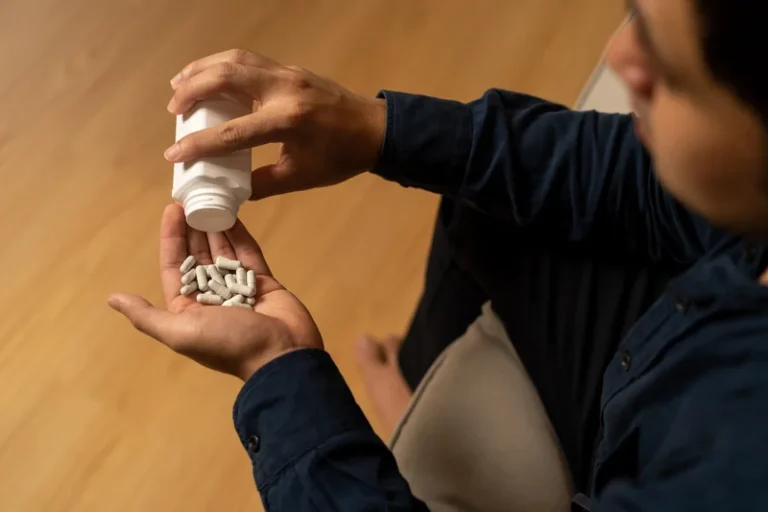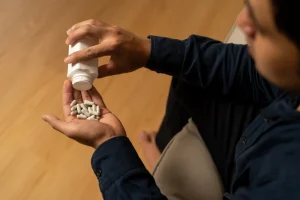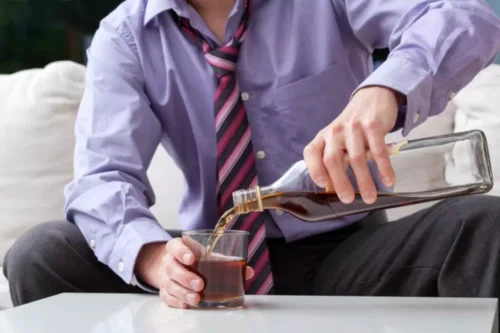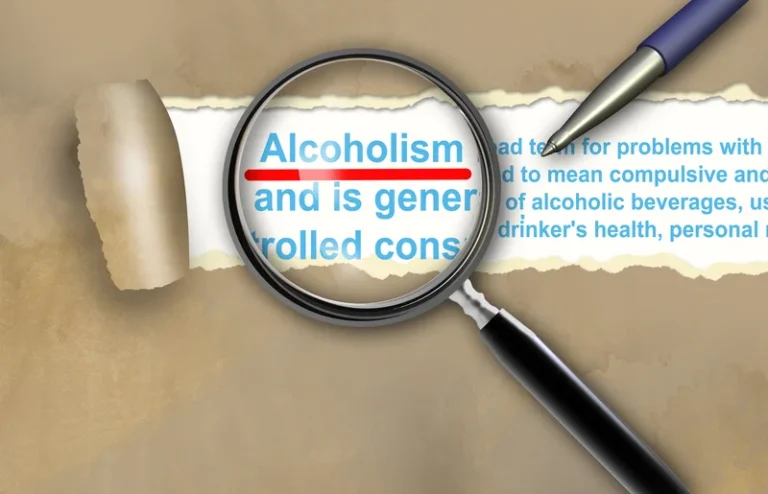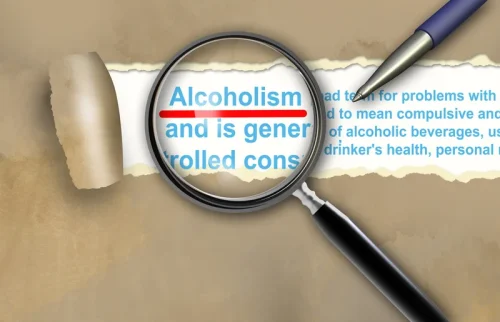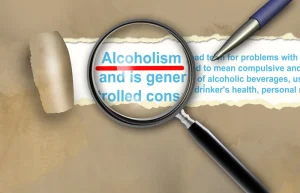However, outpatient rehab that you may attend during your time in a sober living home may be covered by insurance. Some insurance policies may limit your care providers or may want you to contribute to the cost. The cost depends on your insurance policy deductible and your policy co-pay. Most treatment facilities can help determine if your insurance is eligible for outpatient rehab. Most sober living homes require residents to pay their own rent and do chores. With some exceptions, sober living homes usually aren’t eligible for insurance coverage because they’re not considered a treatment facility by the government.
- With professional connections between treatment programs and aftercare housing, patients can ensure they do not lose time transitioning between levels of care.
- In this exploration of Bible verses about being sober, you will uncover teachings that encourage mindfulness and sober living as a means to honor God and foster spiritual growth.
- By catering to these diverse needs, sober living homes play a vital role in the recovery process, offering a unique blend of support, independence, and community.
- Sober living homes are structured environments designed to foster recovery and maintain sobriety.
- This blend of independence, accountability, and community support is pivotal in transitioning from rehabilitation settings to everyday life.
For people currently in a treatment program, coordination with the current care team to establish an aftercare plan can make the transition to sober living much smoother. With professional connections between treatment programs and aftercare housing, patients can ensure they do not lose time transitioning between levels of care. Sober living programs offer extended support to people recovering from drug or alcohol addiction. Most program participants are in the process of transitioning from intensive substance abuse treatment to independent living.
HOW LONG DO YOU STAY IN SOBER LIVING
- Living in a sober home will be similar to living in rehab, but here, you will continue to work or go to school and have financial independence.
- They focus on long-term recovery and reentering into society with fewer restrictions on stay duration.
- However, the length of your stay can depend on how well you’re adjusting to life after treatment.
- Lower stress levels, reduced depression, anxiety, and mood swings all correlate with giving up substances.
Often the structure and routine of treatment programs help keep sober house folks sober, and risking the loss of that when completing the program can be a threat to your recovery. Given these struggles, men-only homes usually focus on early treatment, mental health support, relapse prevention, and aftercare programs. Sober living homes are for people who have completed a treatment program but need additional support to sustain long-term recovery.
Substance Abuse and Mental Health Services Administration (SAMHSA)
It bridges the gap between inpatient rehab facilities and a return to normal life. You’ll find these homes crucial if you’re in recovery, offering more than just a place to stay; they provide structure, support, and a community of peers who are also on their journey to sobriety. Sober living serves as a crucial transitional phase for individuals recovering from addiction. It provides a supportive and substance-free environment where individuals apply the skills learned during treatment while gradually reintegrating into society. These homes offer a structured yet flexible setting, encouraging residents to attend 12-step meetings, participate in counseling sessions, and contribute to household responsibilities. Sober living houses and halfway houses are often used interchangeably as they both provide a substance-free living environment for those suffering from addiction.
To find out how much of the cost of sober living housing your health insurance will cover, it is best to call your insurance company before committing to a sober living home. By living together, sharing experiences, difficulties, and accomplishments, and participating in communal activities, residents can build a strong support system that will assist them in long-term recovery. Resuming work and other activities can be difficult after recovery, but living with people who understand your struggles can help. Sober living housing could be what you need to help you back on your feet. These responsibilities not only promote discipline but also rebuild your confidence and self-esteem as you take tangible steps towards rebuilding your life. Moreover, the structured environment helps to gradually reintroduce you to the challenges and stressors of daily life, but in a way that doesn’t overwhelm you.
Phone, Video, or Live-Chat Support
Sober living homes in the U.S. aren’t covered by insurance and are often paid for out of pocket. Payment plans, scholarships, grants and government-funded programs may be available for residents facing financial hardship. Organizations that offer SLH scholarships include CLEAN Cause Foundation and Ben Meyer Recovery Foundation, per Dr. Kennedy and Clark. Many sober living homes also require residents to pay weekly rent following a one-time move-in fee, according to Robilio.
Ready to start your life?
At Gratitude Lodge,we work with most insurance plans to cover the costs of treatment. Additionally, most sober living communities in California are located in areas with easy access to nature, helping you to embrace sober living in California, thriving rather than merely surviving. Sober living homes are places where someone in recovery can find independence while learning to seek and obtain community resources necessary for long-term recovery. You can also look into Oxford Houses, which provide all recovering users the opportunity to develop comfortable sobriety without relapse. Julia Childs Heyl is a clinical social worker who focuses on mental health disparities, the healing of generational trauma, and depth psychotherapy.
Family and Children’s Programs
- A sober lifestyle eliminates the possibility of getting sick because of these substances.
- It bridges the gap between inpatient rehab facilities and a return to normal life.
- Residents may choose to engage in community support groups, counseling, and anything else to help them stay sober.
- Checking with the sober living home about available transportation services can help you plan accordingly.
At this level, it is often mandatory for residents to participate in community meetings, house meetings, mutual support groups, buddy systems, and outside clinical appointments. People in recovery receive peer support and accountability in a level-one sober living home. Residents may choose to engage in community support groups, counseling, and anything else to help them stay sober. Sober living homes provide safe, sober environments to help people in recovery transition back into their community using their recovery skills. A sober living house is a peer-managed home designed to help people maintain sobriety.
It offers a safe space away from triggers and temptations, allowing residents to focus on maintaining sobriety while learning essential life skills for independent living. Whether transitioning from rehab or seeking additional support after detox, sober living provides a structured yet flexible environment conducive to long-term recovery. Sober living homes, sometimes referred to as transitional living arrangements, halfway houses, or recovery residences, can be a step down from formal substance use treatment programs. These homes can offer an in-between option for individuals after they complete a treatment program and before they return to their homes and lives. This transition can provide continued support while residents learn to apply their newly learned self-reliant skills to real-life situations while they remain drug- or alcohol-free in a community environment. In particular, sober living and halfway houses can help somebody maintain recovery by providing a safe, sober environment.
Are Sober Living Homes Effective?
While the rent may https://www.inkl.com/news/sober-house-rules-a-comprehensive-overview feel excessive at first, utilities are also included in the price. Your health and wellness is unique to you, and the products and services we review may not be right for your circumstances. We do not offer individual medical advice, diagnosis or treatment plans. A Level II recovery residence assigns a house manager or senior resident to oversee the workings of the house and has at least one paid staff member. Level II includes the services of a Level I home as well as peer-run group and self-help and/or treatment. The specific number of treatment days covered, in- versus out-of-network costs, and coverage for specific interventions often vary per insurance plan.
This peer community provides support, accountability, and positive influence, all vital elements for maintaining sobriety. In this article, we’ll do a deep-dive of how sober living stays typically work. But if you or a loved one is looking for a sober living home in San Diego or Orange County right now, we can connect you to the best sober living homes in the area. This includes developing life skills, engaging in employment or education, and building a support network—all critical elements in the long-term success of recovery. “If there’s not a ‘perfect’ fit, you may still benefit from the structure, support and monitoring that a sober living house provides until you feel more confident in your sobriety,” says Dr. Kennedy.

